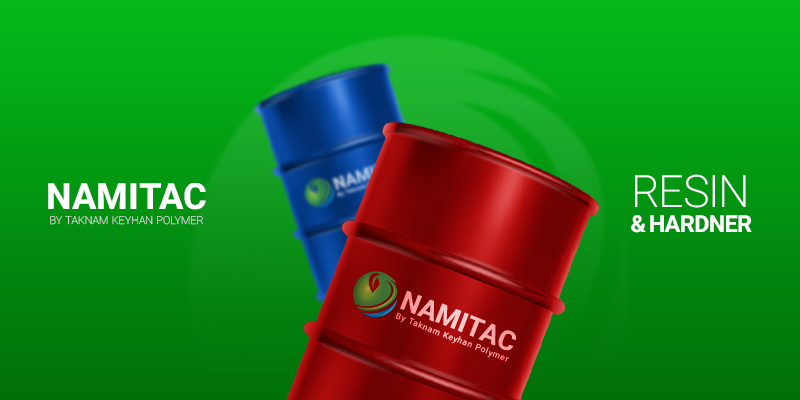
Polyurethane laminate adhesive
Polyurethane laminate adhesive is applied as a single layer on various types of packaging, including cardboard and plastic, which enhances the strength of the packaging. Laminate adhesives are typically used in the production of flexible packaging. They are effective in creating a strong bond between two surfaces, allowing for the production of packaging that is both flexible and resistant to wear and tear.
Introduction to adhesives
What is an adhesive? An adhesive is a substance used to hold two surfaces together. It is a material that, when spread over the surfaces of objects, connects them and resists their separation. In general, an adhesive is a specific substance placed between two homogeneous or heterogeneous objects that holds them together.
According to the definition by the European Commission, “adhesives are non-metallic materials that can bond materials together through surface attachment (adhesion) with a bond that has sufficient internal strength (cohesion).” The adhesive forms the connecting element between the two parts that are bonded, which would not stick together without it.
What is Lamination?
Lamination is a process of bonding two or more layers of materials together to create a single composite structure. Essentially, lamination involves applying a thin layer over the front or back of a printed sheet to protect it from moisture and temperature changes. Lamination is widely used in applications such as multilayer packaging (e.g., bags, pouches, and wraps), multilayer flooring, multilayer signs and banners, multilayer ID cards, laminated documents, multilayer furniture components, etc. It provides better performance, protection, and visual appeal for materials, making them more durable and versatile for various applications.
What is polyurethane laminate adhesive?
Laminate adhesive is a type of adhesive specifically formulated for bonding and laminating different layers or substrates together to create a cohesive laminate structure. It is designed to create a strong and durable bond between layers and ensure the integrity and stability of the laminate. This involves applying a polyurethane laminate adhesive, usually in liquid form, between layers and then applying pressure and/or heat to create a strong bond.
Lamination adhesives are also environmentally friendly as they do not require harsh chemicals or high temperatures for activation. Polyurethane laminate adhesives are available in three types: solventbased lamination adhesive, solventless lamination adhesive, and water-based lamination adhesives. Laminate adhesives can make product covers either transparent or opaque.
The first and most important criterion for selecting suitable interlayer adhesives is the structure of the desired packaging, including the number and type of layers and the thickness of each.
Polyurethane laminate adhesive
Polyurethane laminate adhesives are made from polyurethane polymers. Polyurethane is produced through a chemical reaction between diisocyanates and polyols. Due to their high toughness, wear resistance, flexibility (especially at low temperatures), and adhesion to a wide range of substrates, polyurethane laminate adhesives are used in various applications. They possess various properties such as flexibility and strength, low curing temperature, excellent low-temperature resistance, and high environmental resistance.
Polyurethanes are the most commonly used adhesives in the industry. They have a long history of use, good overall adhesive properties, and a wide range of performance specifications. The main building blocks of these adhesives are an isocyanate (either aromatic or aliphatic) and a polyol (either polyester or polyether). The reaction between these two produces polyurethane. Aromatic isocyanates, which are the most common, are unsaturated cyclic compounds. They have fast reactivity, good thermal and chemical resistance, and lower costs but are prone to yellowing under UV light. Aliphatic isocyanates, which are less common, have a higher price, slower reactivity but excellent UV resistance and can be used in higher FDA regulations such as retort regulations.
“In the structure of an adhesive, there are two main forces: cohesion and adhesion.”
- Cohesion causes attraction and intermolecular forces between the molecules of the adhesive itself.
- Adhesion causes the adhesive molecules to bond with other surfaces that need to be adhered together.
To produce polyurethane adhesives, aromatic or aliphatic diisocyanates are used. Laminate adhesive consists of two components: resin and hardener. The resin is made from isocyanate, while the hardener is made from polyol. The combination of these two materials which is also referred to as cross-linking or forming cross-links results in the production of polyurethane adhesives .The hardener accelerates the stickiness of the molecules.
Types of laminate adhesives:
- Polyester-based adhesive
- Plant oil-based adhesive
- Non-solvent adhesive solventless lamination adhesive
- Solvent-based adhesive
- Hot melt laminate adhesive
- Cold seal adhesive
- Water-based laminate adhesive
Mechanism of adhesion for laminate Adhesives
Three factors determine the surface adhesion strength:
- Mechanical bonding (anchor effect):
Adhesives penetrate irregularities and initial reactions of the adhesive, hardening to create a bond.
- Physical bonding (secondary bond):
The adhesive molecules and the adherend molecules can sufficiently attract each other in a dipole state (intermolecular force).
- Chemical bonding (primary bond):
Adhesion is achieved by forming covalent or hydrogen bonds between the adhesives and the adherend.
